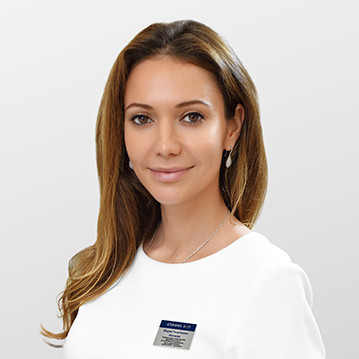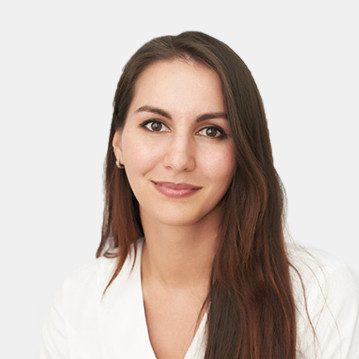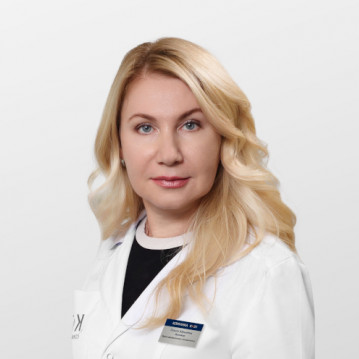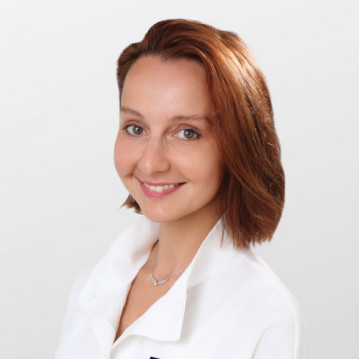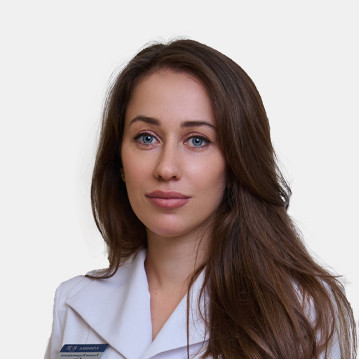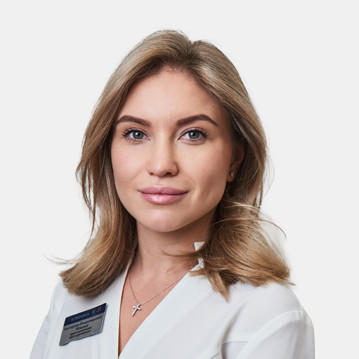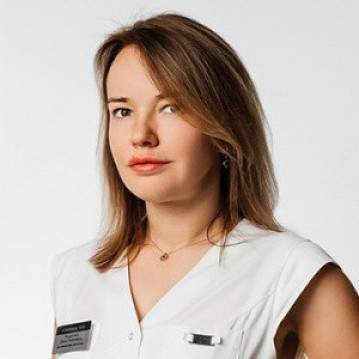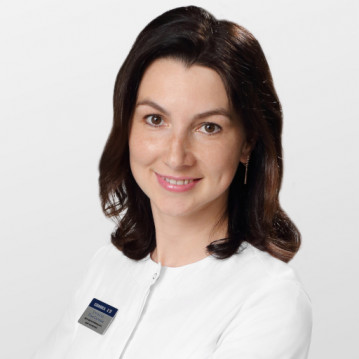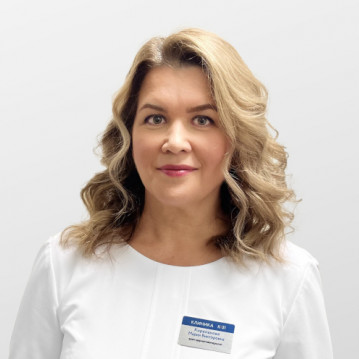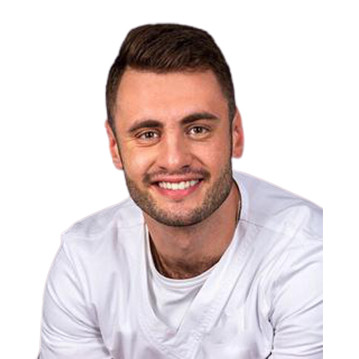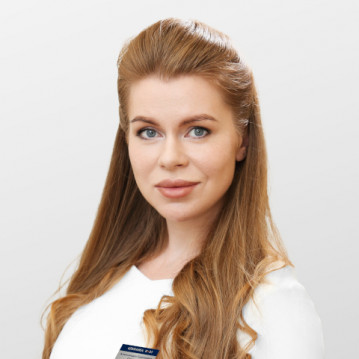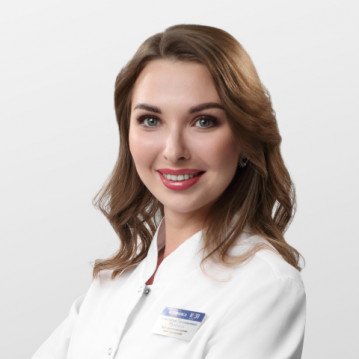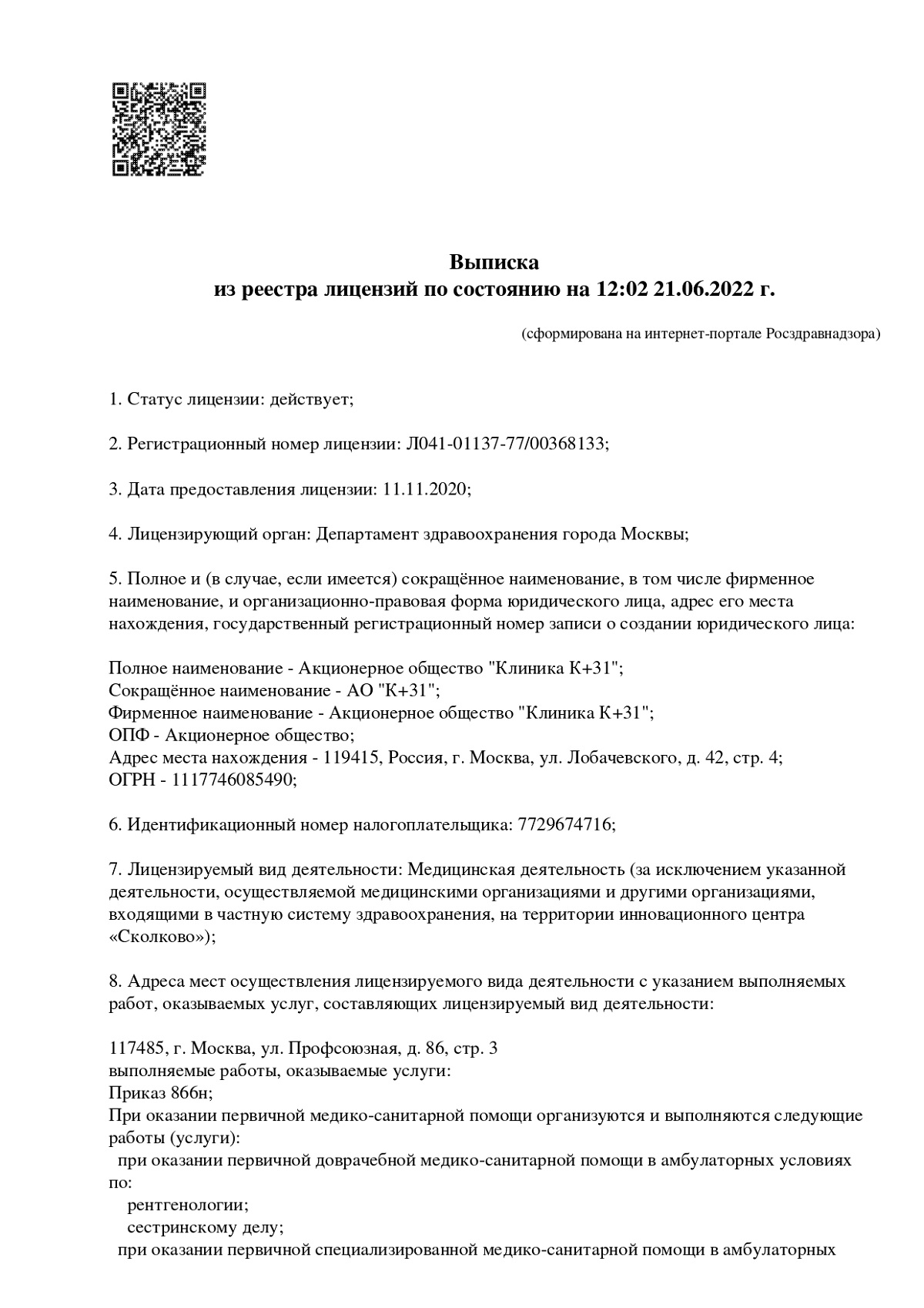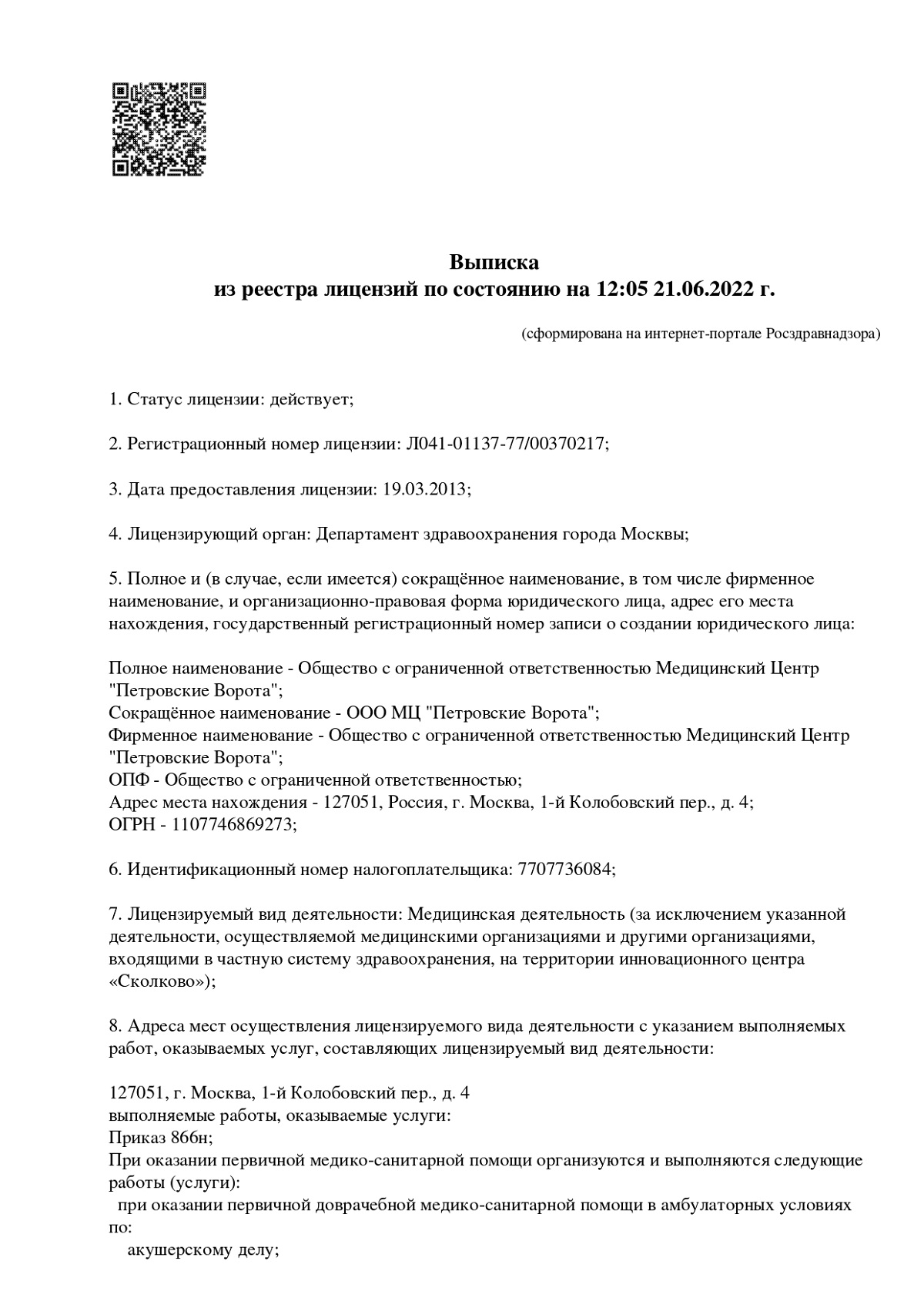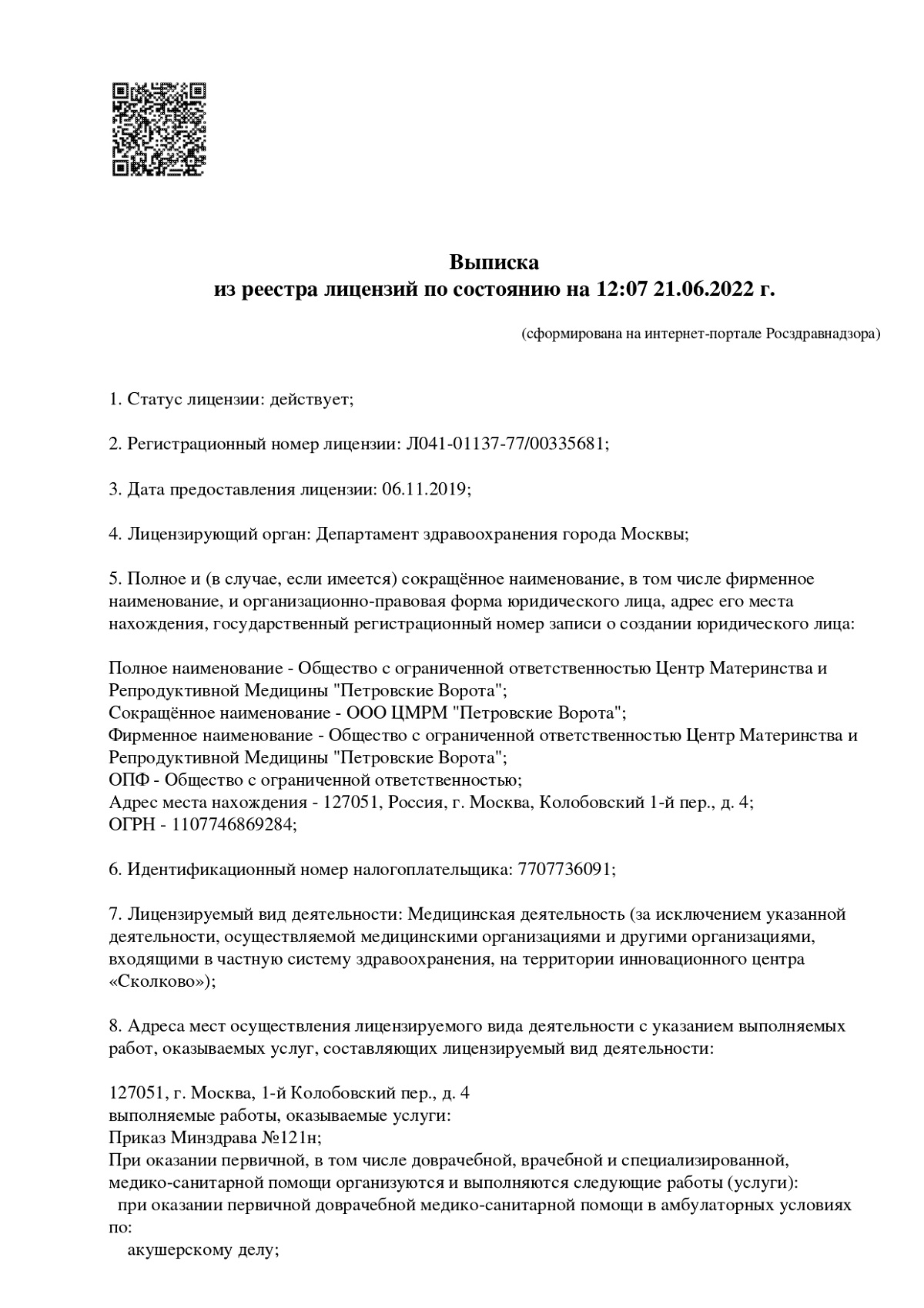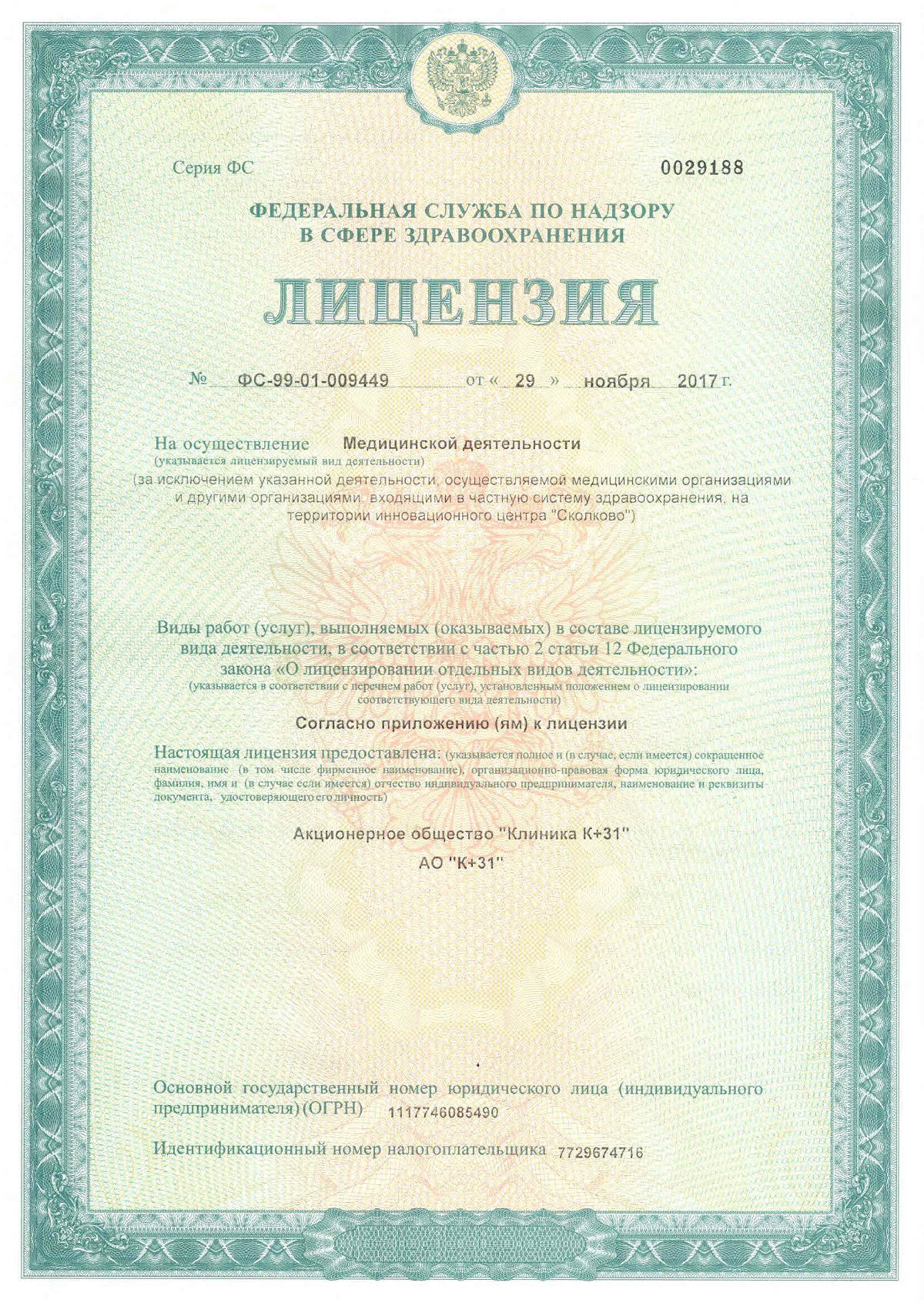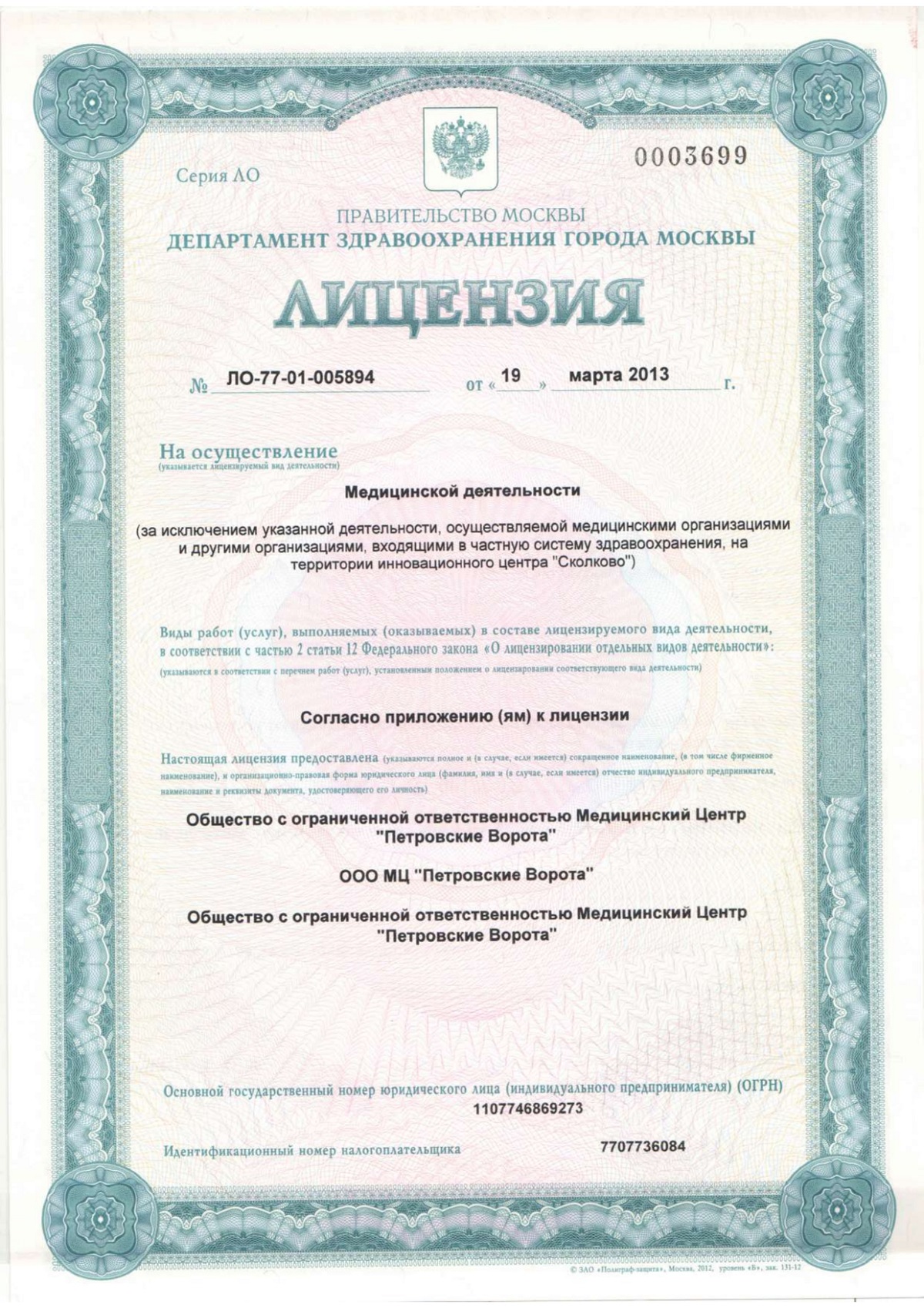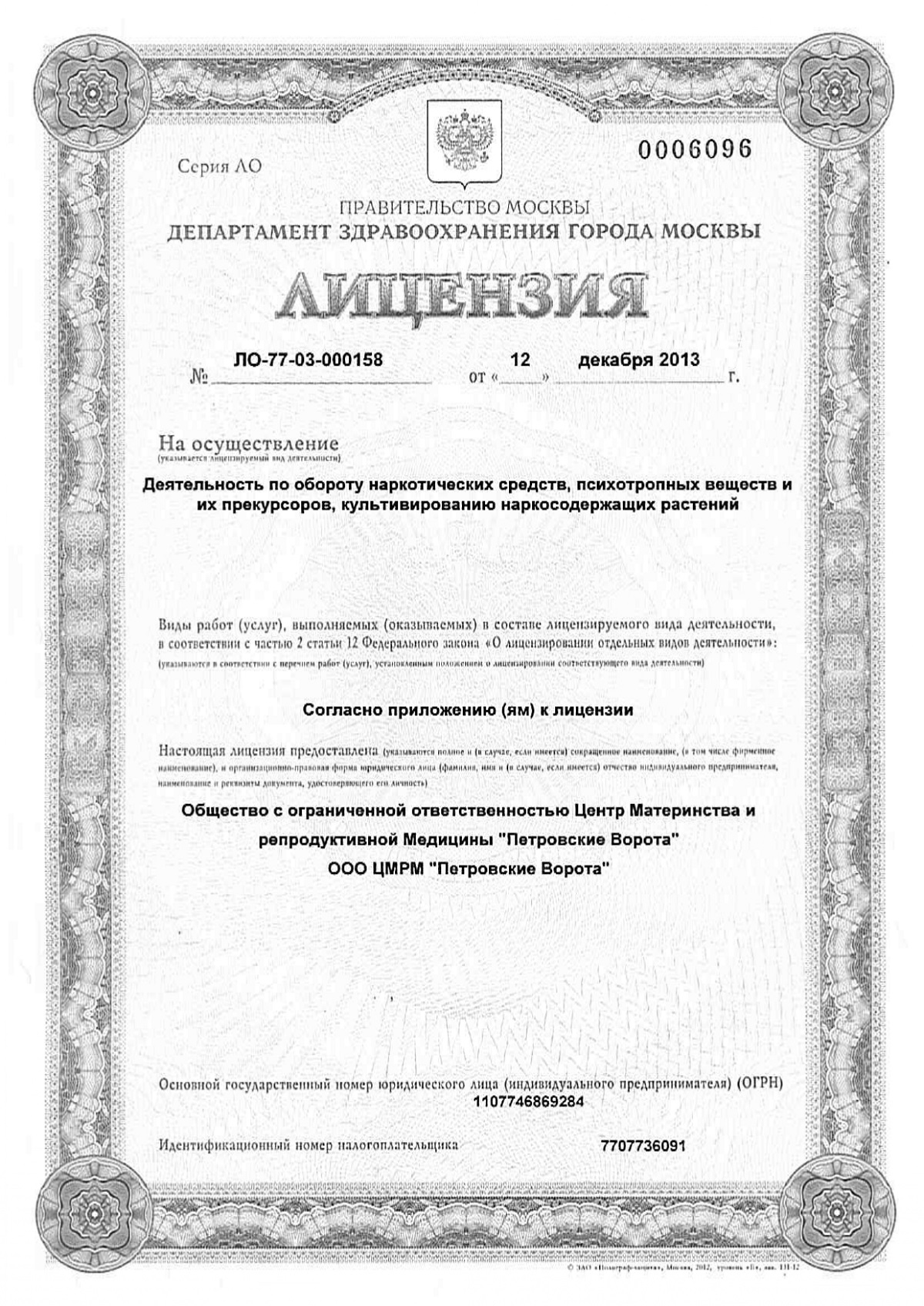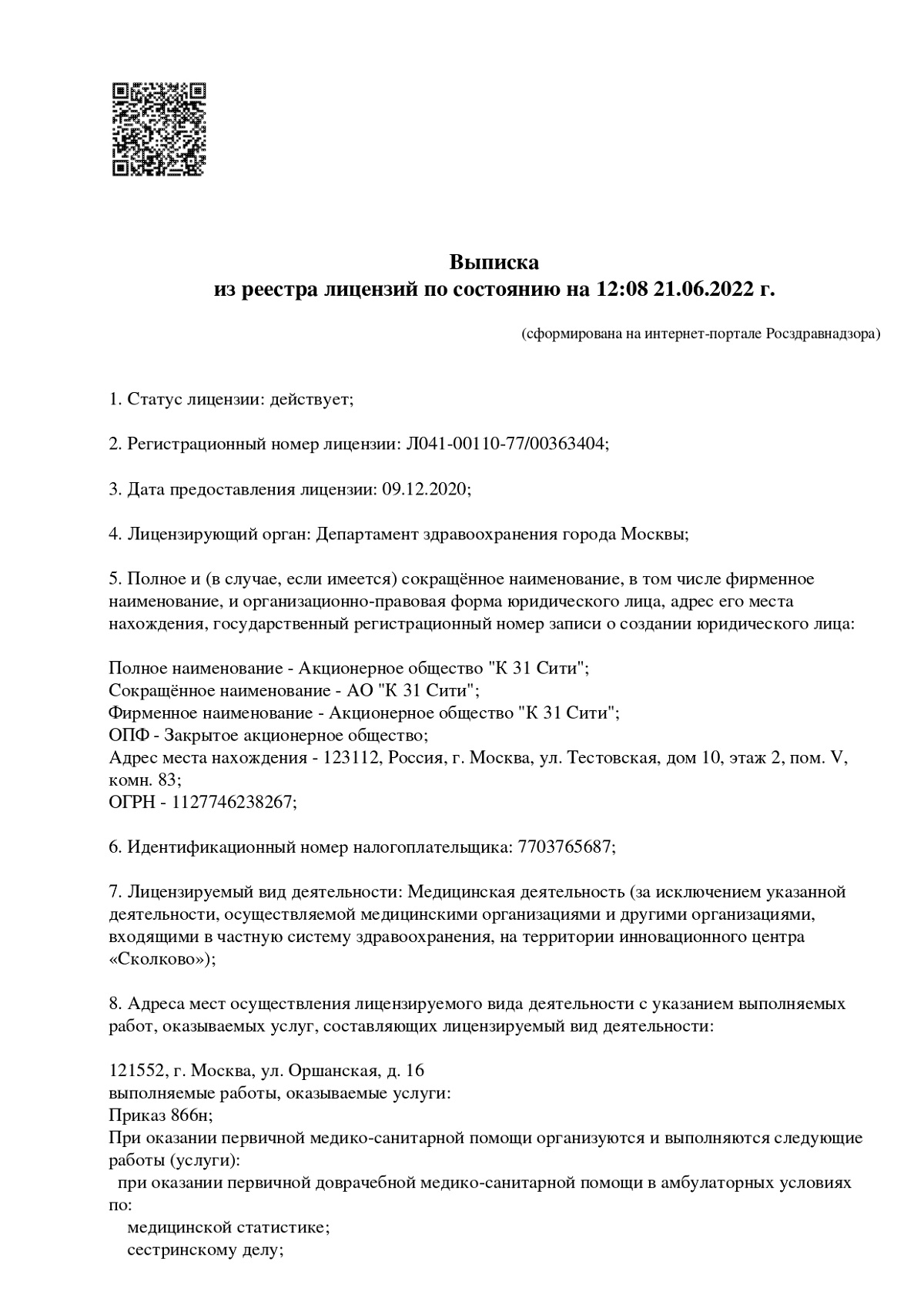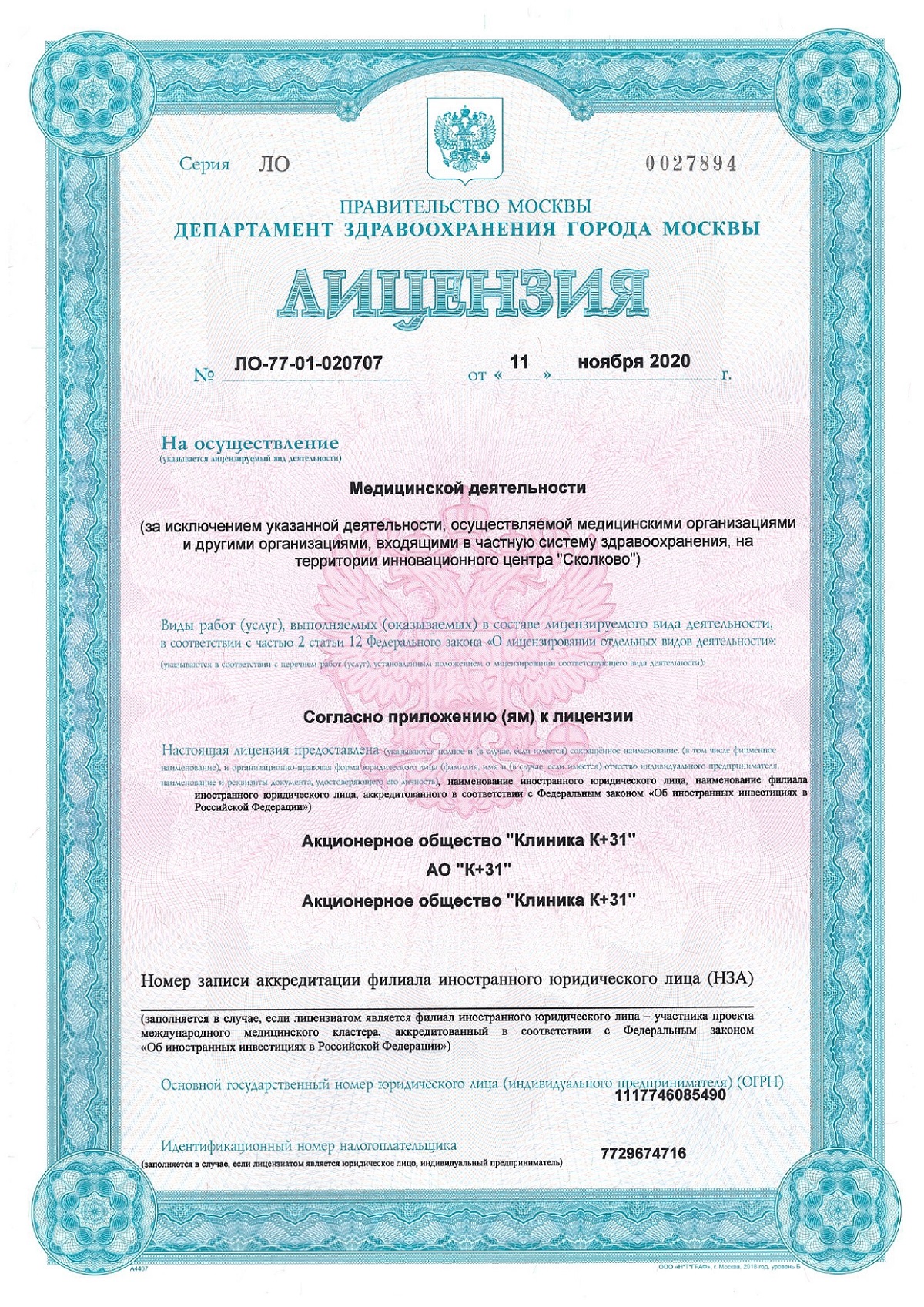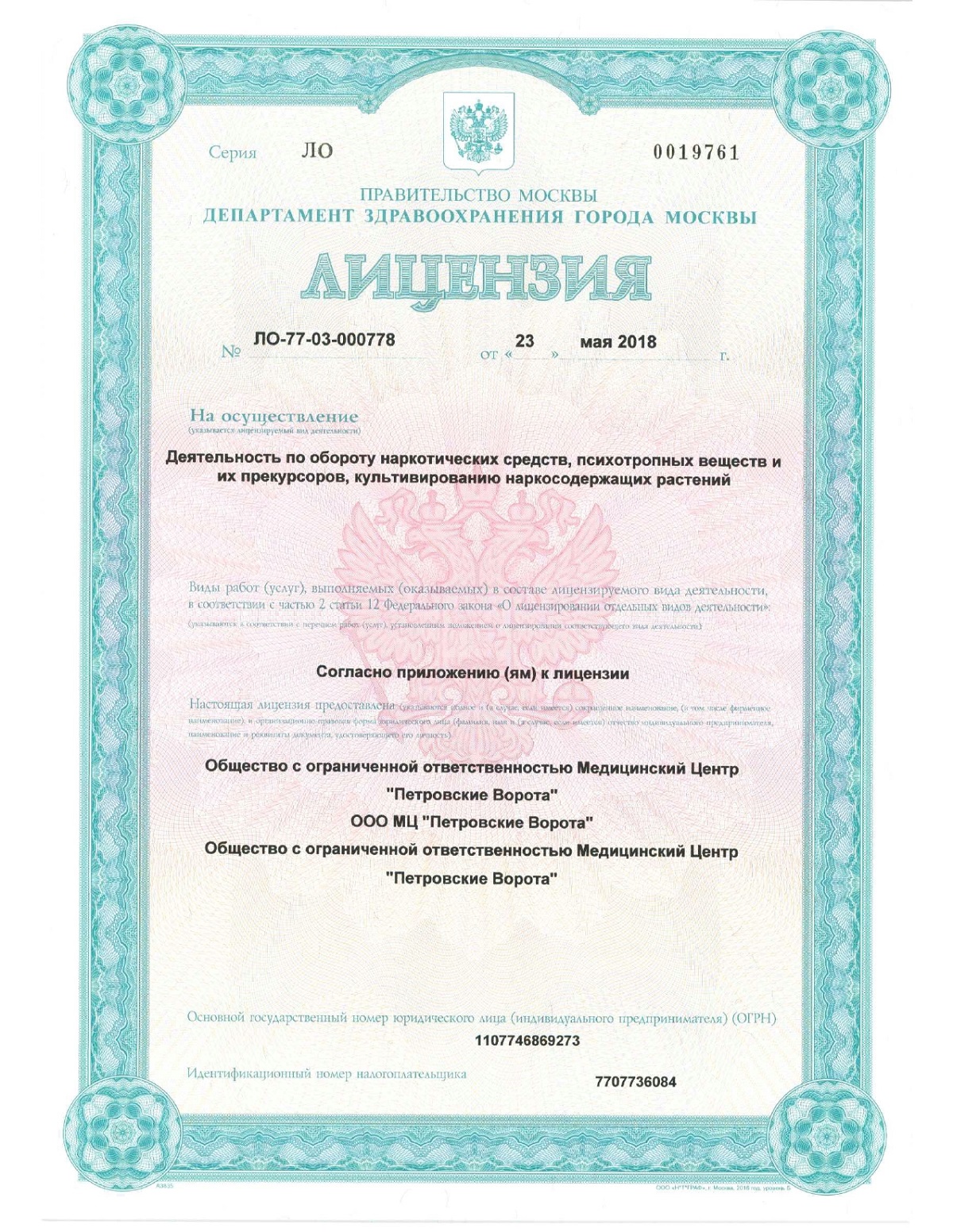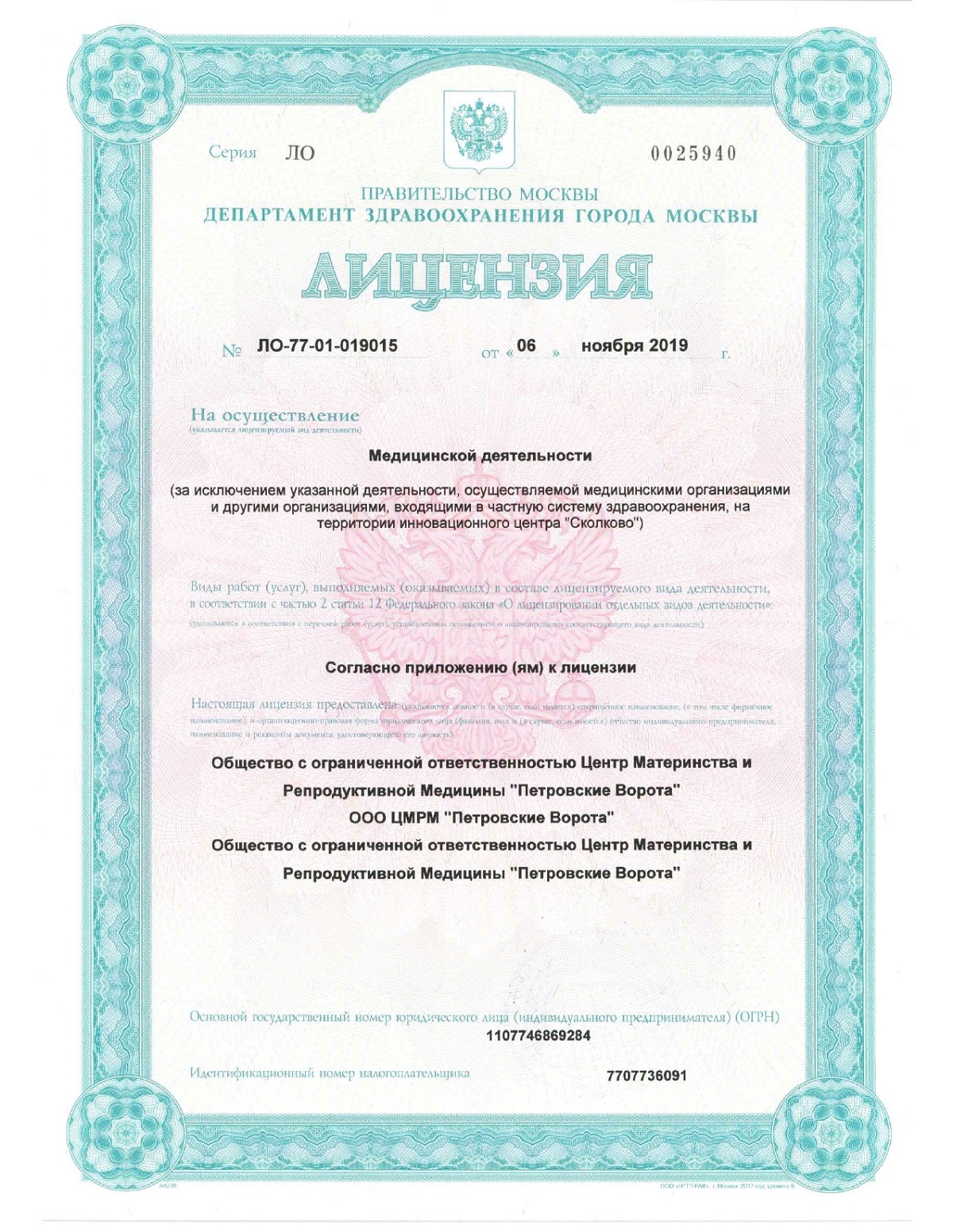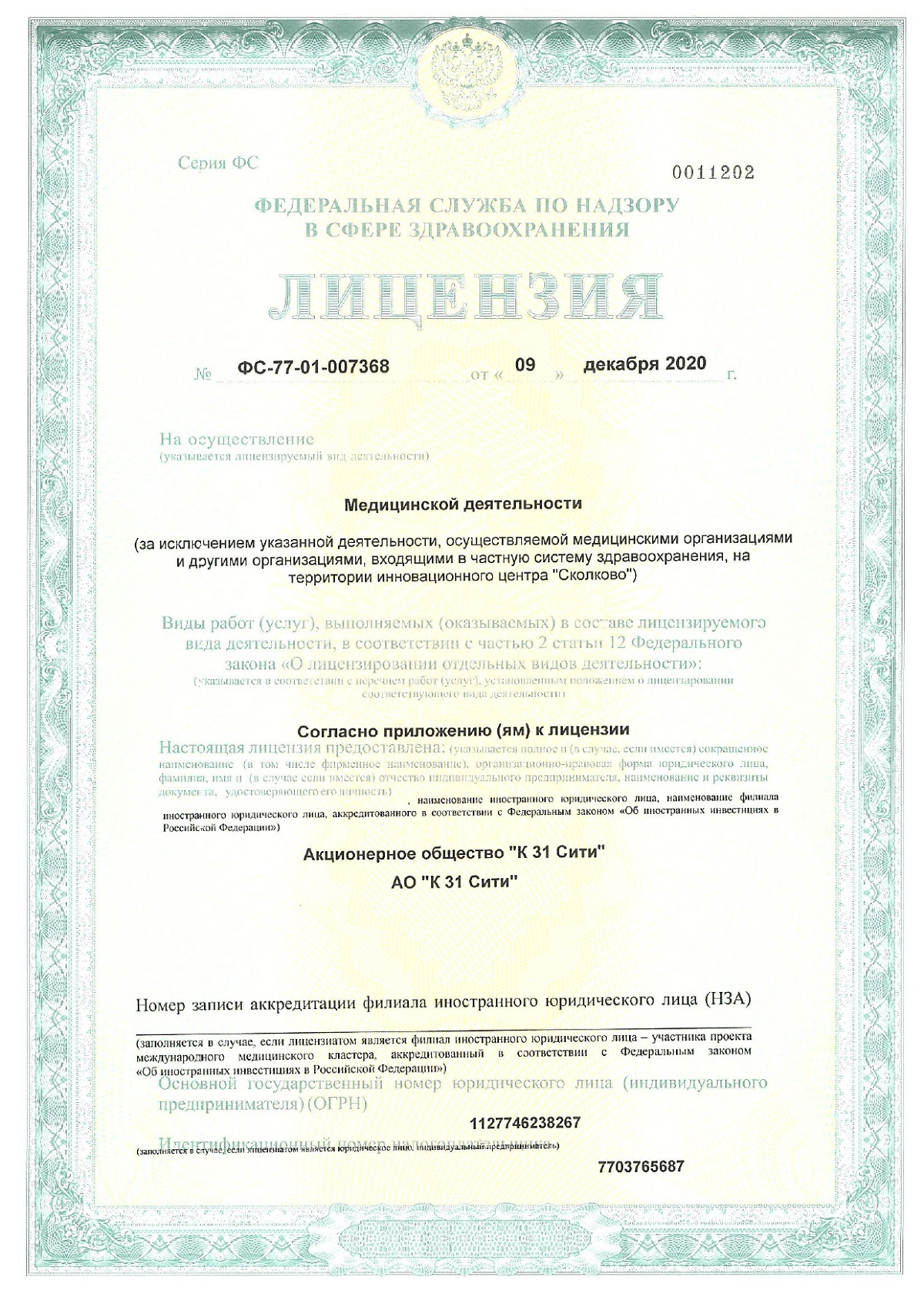Acne treatment
At K+31 clinics we do everything to maintain your beauty and youth.

specialists

equipment

treatment

About the disease
Acne (pimples) is a problem not only for teenagers, but also for many adults.
Acne causes severe discomfort. Depending on the severity of the disease, comedones, papules, pustules, cysts and other formations appear on the skin of the face and not only on the face. Without proper treatment, the rashes spread and leave scars.
Acne occurs for various reasons, the most common of which are impaired production of sex hormones, hyperkeratosis, diseases of the gastrointestinal tract, decreased immunity and others.
Classification and stages of development of acne (blackheads)
There are several classifications of acne, but one of the most common is based on the stages of development of the disease:
Stage I (comedogenic acne): This is the earliest stage of acne, which is characterized by the formation of black and white comedones. Black comedones (blackheads) are formed due to the oxidation of melanin in the skin pores, while white closed comedones are formed due to the accumulation of sebum and dead skin cells
Stage II (papular-pustular acne): At this stage of the disease, inflammatory papules (red rashes) and pustules (purulent rashes) appear. Papules and pustules are formed due to inflammation of comedones caused by the growth of bacteria on the skin
Stage III (conglomerate or cystic acne): This is a more severe form of acne, characterized by cysts and nodules. Cysts form when inflammation extends deeper into the skin, causing pain and discomfort.
Stage IV (fulminant acne): This is the most severe form of acne. It is characterized by the appearance of deep ulcers, severe purulent inflammation and severe systemic symptoms.
Acne treatment may vary depending on the severity of the acne and the shape. In mild cases, acne can be treated with topical medications such as antibacterial creams or salicylic acid gels. In more severe cases, systemic treatment may be required, including the use of anti-inflammatory and antibacterial agents.
The most effective way to fight acne
There are many ways to fight acne: ointments, creams, medications for internal use and others. However, the most effective way to combat acne is laser.
Unlike creams of other drugs, which can only slightly reduce inflammation and not affect the factors leading to it, the laser beam penetrates to a sufficient depth, affecting the sebaceous gland, reducing the production of its secretion. At the same time, due to the absorption of laser energy by the microbial membrane, bacteria that cause inflammation are eliminated. And, as a result, inflammation gradually stops.
In addition, under the influence of laser energy, metabolic processes in the dermis and the production of collagen and elastin are improved. As a result, the nutrition of soft tissues at the site of inflammation improves, the cells of the immune system are activated, and the protective properties of the skin increase.

Main characteristics
-
Effect
The first effect will be noticeable within 7 days after one procedure: minor damage will disappear completely, and large defects will become less noticeable. If necessary, you can carry out 2-3 more laser resurfacing procedures.
Due to the laser peeling procedure, the upper microlayers of the skin are evaporated, due to which the skin is evened out and takes on a beautiful and healthy appearance. - The device on which we perform the procedure Device from the German company Asclepion Laser Technologies GmbH - MeDioStarNeXT
- Pros of the device Due to the high power of the laser emitter, a high speed of treatment of problem areas is maintained. Treatment with this device is non-contact, atraumatic and absolutely safe for humans.
Показания и противопоказания
к лазерному лечению акне
-
Акне.
-
Постакне.
-
Жирная себорея.
-
Беременность.
-
Онкологические заболевания.
-
Соматических заболеваниях в стадии декомпенсации.

About the Department of Aesthetic Medicine K+31

This award is given to clinics with the highest ratings according to user ratings, a large number of requests from this site, and in the absence of critical violations.

This award is given to clinics with the highest ratings according to user ratings. It means that the place is known, loved, and definitely worth visiting.

The ProDoctors portal collected 500 thousand reviews, compiled a rating of doctors based on them and awarded the best. We are proud that our doctors are among those awarded.
Make an appointment at a convenient time on the nearest date
Price
Answers to popular questions
What are the causes of acne?
One of the main causes of acne is excess sebum production. This may occur as a result of hormonal changes such as adolescence, pregnancy in women, or the use of certain medications. Excessive production of sebum and excessive activity of the sebaceous glands can clog skin pores and create conditions for the development of bacteria, which leads to inflammatory manifestations and the formation of acne.
Another important factor is improper skin hygiene. If the skin is not cleansed enough or too much makeup is applied to it, it can lead to clogged pores and acne. Various oil-based care and cosmetic products (massage oils and creams, baby creams, serums, hydrophilic oil, skin milk, body creams) aggravate the course of acne.
Also, the occurrence of acne can be influenced by diet, stress, genetic predisposition and some medical diseases. Acne occurs with polycystic ovary syndrome, with damage to the pituitary gland and adrenal cortex, and with hormonal imbalance.
Understanding and identifying the cause of acne is an important step towards effective treatment and prevention. A consultation with a dermatologist will help determine the specific causes of acne and develop an individual treatment program.
What types of acne treatment are there besides laser treatment?
Treatment of acne is one of the most important tasks in dermatology. There are various acne treatments that can help manage this condition.
One of the most common methods of treating acne is topical therapy. The patient is prescribed special medications such as benzoyl peroxide, azelaic acid or retinoids. They are applied directly to the skin to combat inflammation and prevent the formation of new rashes.
Another effective method of treating acne is systemic therapy. In this case, patients are prescribed medications taken orally that regulate hormone levels or reduce the activity of the sebaceous glands. Antibiotics or antiestrogens are often used.
It is important to remember that each case of acne is unique, and not all treatments are suitable for all patients. Therefore, it is important to discuss treatment issues with a qualified dermatologist who can choose the most effective and safe treatment method for you.
What tests are prescribed before starting acne treatment?
Diagnosis of acne (acne) is an important step in determining the best approach to treatment. During diagnosis, the doctor examines the skin and assesses the severity of symptoms.
Your doctor may ask questions about the initial appearance of the rash, its frequency and duration, as well as your medical history or use of any medications. He can also pay attention to the presence of inflammatory elements or comedones on the skin.
For a more accurate diagnosis, your doctor may order a complete blood count or perhaps a simple skin test. This can help rule out other possible causes of the rash and determine the most appropriate treatment plan.
After diagnosis, only a doctor can recommend certain treatment methods, which include both medications and skin care tips. It is important to remember that consultation with an experienced dermatologist is a necessary part of diagnosing and treating acne.
How long does one procedure take?
The session time is 20-60 minutes and depends on the size of the problem area and the type of problem.
How many acne treatments will it take?
The desired results are achieved after 5-6 procedures with an interval of 4-6 weeks. The exact number of sessions is different for each person, and is determined by a dermatocosmetologist during a consultation, based on the condition of the patient’s skin.
Other cosmetology and dermatology services

